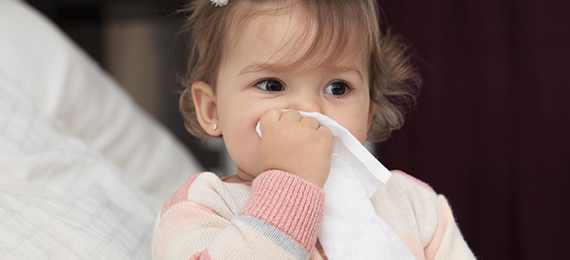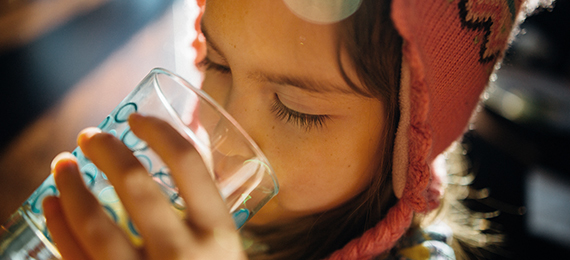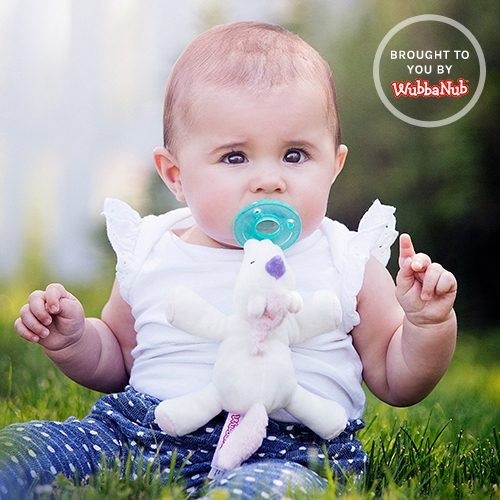Oof. Is there anything as uncomfortable as Spring allergies? And so unfair! You’re saying goodbye to winter, excited to see the bloom on the trees and in the garden and boom! You’ve got puffy, watery eyes, an itchy nose and are constantly sneezing. Seasonal allergies are such a pain when you’re an adult, but for kids, it can be even worse because they don’t quite understand what’s happening. Different from the typical common cold, weather-based allergies need a different type of management. Here’s a quick guide to dealing with childhood seasonal allergies. As always, make sure you consult a doctor if you suspect your child is showing these symptoms before you start using any medication.
What to Look For

Seasonal allergies present similarly in children as they do in adults. And while they can start young, usually children do not develop seasonal allergies until at least their first birthday. When your children are very young it can be difficult to decipher what is troubling them if they do not have a fever but are showing the following symptoms for longer than a week, it might be seasonal allergies:
- Runny Nose
- Sneezing
- Constant Throat Clearing
- Eye Rubbing
- Nose Running
- Red, Watery Eyes
- Rash
Usually, the two major signs that your child has allergies and not a cold or virus are itchiness and a lack of change in temperature. With a cold, you usually have a few days of warning before the full symptoms kick in, but allergies happen at once and present on and off instead of in a steady decline.
Most Common Allergens

For those of us who don’t suffer from seasonal allergies (funny story on that later in the post) knowing exactly what an “allergen” requires a little bit of research. The literal definition is a type of antigen that produces an abnormally vigorous immune response in which the immune system fights off a perceived threat that would otherwise be harmless to the body. Some of the most common seasonal allergies are:
- Pollen
- Dust Mites
- Mold
- Pet Dander and Saliva
What To Do?

Generally speaking, if your child starts showing signs of seasonal allergies at a young age it’s best to head to your pediatrician to rule out anything more serious like asthma or eczema. Once diagnosed, your doctor can advise you on the best course of treatment, which may include anything from low dosage over the counter anti-histamines to immunization therapy that can act as a vaccine and actually prevent future issues.
I mentioned in the last section a funny story about seasonal allergies, and I will tell you now about the allergy that sent me to the emergency room. Zyrtec. That’s correct, the only thing I am allergic to, is allergy medication. Technically, it’s one of the ingredients (hydroxyzine) that I am allergic to but it’s still ironic all the same. That being said, be mindful to check in with your pediatrician before trying any course of treatment because while the risk is very low of having a bad reaction to OTC medication it does exist. Here are some simple things you can do to help your little ones when allergies strike.
- Humidifier – Moisture in the air will help make breathing easier (keep the humidifier on low to avoid mold)
- Pollen Checks – Keep track of days with high pollen counts and keep kids inside as much as possible
- Stay Hydrated – All of the sneezing and coughing can dehydrate little bodies. Make up for it with a steady stream of water, diluted juice, and warm tea.
- Clear Noses – A stuffy nose can be the absolute worst if you can get your kids on board to try using a Netty Pot or other nose irrigation tools which will cut down on the amount of nose blowing and irritation.
Overall, remember, that while seasonal allergies are uncomfortable and bothersome there are ways to relieve the symptoms both in the short and long term. It’s frustrating and hard as parents to see kids with illnesses that we can’t fix on the spot, but being prepared and consulting your pediatrician will go a long way to making your little sniffle-machines feel better.
